Extending almost like a finger along Syria, the Turkish province Hatay is a diverse gem. One that everyone planning to visit Turkey should put on their list. Also known as Antakya, or ancient Antioch, it only became part of the Republic of Turkey in 1939, 16 years after the republic was born. Inbetween, it was apportioned to the French Protectorate of Syria and was even briefly an independent republic, before joining Turkey in 1939. Due to its geopolitical location, Hatay has close cultural links with the Arab world and the Turkish hinterland, hence it has a multi-ethnic, multi-faith identity.
It is also an extremely biodiverse region. Located in the northwestern-most corner of the Arabian peninsula, Hatay is in the crossroads of the Mediterranean, Siberian and Irano-Turanian climatic regimes. Taking up only 0.7% of Turkey, it hosts 60% of all of the country’s mammal species. Moreover, it is a major bottleneck for migratory birds and hosts some of Turkey’s most important wetlands belonging to the Asi river basin. For these reasons, we decided to visit Hatay, but at that time we had no idea how intricate and strong the nature protection community really is here. But soon enough, we found out that like the underground network of trees in a forest, the protectors of Hatay developed a unique and diverse network, consisting of academicians, conservationists, media personnel and nature enthusiasts. Let’s explore two places they are fighting for.
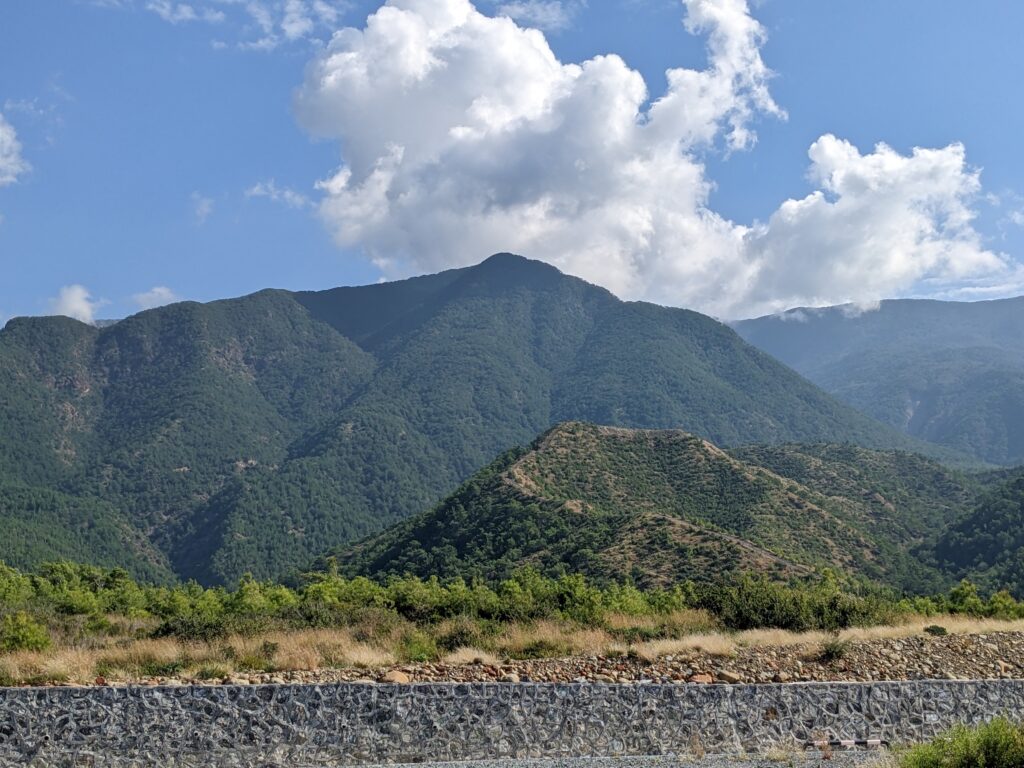
The Milleyha wetland – newly protected, under heavy pressure
After our arrival to Hatay, we meet Ünal Kurçak, local birdwatcher and passionate bird photographer, and spend the following days visiting two unique wetlands together. The first is Milleyha wetland, located in the district of Samandağ.





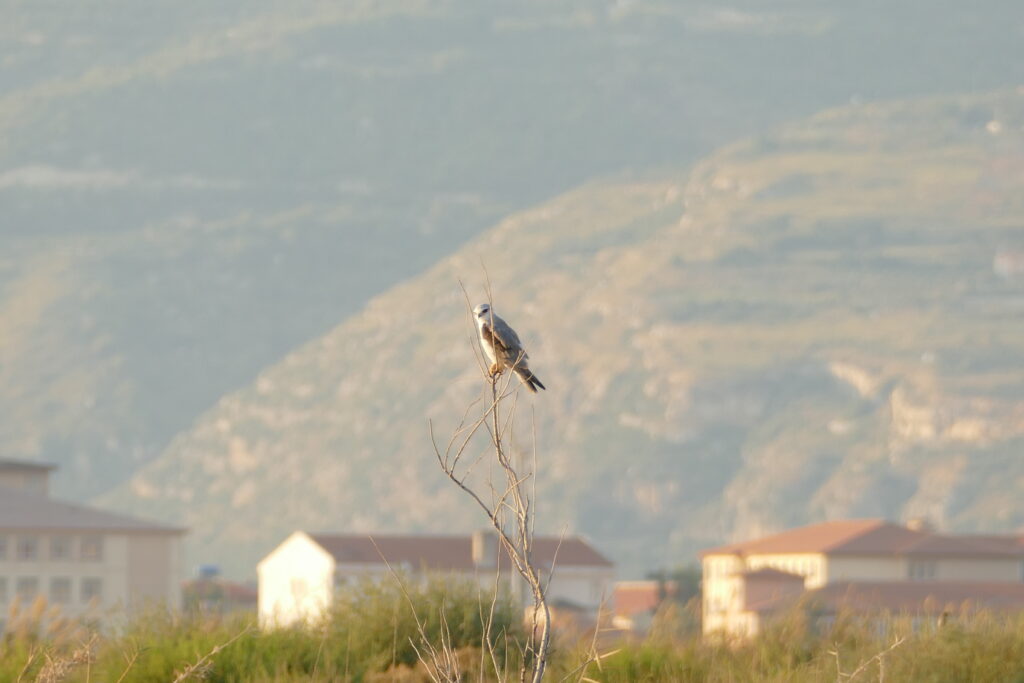
Out of the 490 bird species registered in Turkey, 283 have been spotted in Milleyha.
However, the wetland is under threat. When we first heard about the unique species that appear here, we had a certain idyllic picture in mind. However, as we arrive at Milleyha, we see all kinds of debris dumped and scattered across the sanctuary. Deep shock and sadness comes over us as we see several birds walking amid human trash.


Moreover, some locals still continue the poaching of birds. But in comparison to previous times, they do not hunt birds for the purpose of eating. In fact, as we discuss this topic with Ünal, it is difficult for us to articulate the reason behind their actions. Some might be driven by trophy hunting, but many of them don’t even collect the carcasses – hunting serves only as a shooting practice for them.
Local conservationists know the value of this wetland and are aware that it would host even more species if it was protected and human interference was reduced. They established a close watchdog network. Professional conservationists as well as teachers, journalists and all kinds of locals passionate about this ecosystem stand guard for it. They organise themselves to monitor the place on a full-time basis and as soon as they spot a poacher, they report them to the police. Meanwhile, they have lobbied decision makers to put Milleyha under protection. Finally, their efforts seem to be paying off and a few months ago, the Milleyha bird sanctuary was declared a natural site.
But this is just the first step. Radical solutions are necessary to clean up Milleyha from all kinds of litter and show to the world the kind of paradise this place can become.
The dam of Reyhanli – an emerging bird paradise
With a catchment of 400.000 ha, the Amik lake was once one of the most important floodplain ecosystems in the Arabian peninsula. It had almost the same conservation value as the famous Mesopotamian marshes. It was an extremely valuable habitat on the migratory routes of birds, and hosted an isolated breeding population of the African darter, an otherwise African bird species. However, the lake was gradually drained between the 1940s and 1970s and was transformed into agricultural land. The draining of the lake was a huge tragedy for wildlife, and many endemic bird and fish species have become extinct.
Over the course of the last decades, several dam projects were started to provide flood protection and control the groundwater level, the latest being the Reyhanlı dam near the Syrian border in 2012.
With the start of water retention by the dam, conservationists observed a rapid increase in the number of bird species that stayed here during migration or permanently. While most dams are built in deep valleys with narrow surface areas and large depths, at the Reyhanlı dam, the water spreads over a wide area and creates shallow water zones. This creates an important place for birds to feed, breed and rest.



In the last two years since completion, the number of bird species has gone up from 99 to 214, and Ünal tells us that new species appeared that were for a long time not seen regionally or even nation-wide, such as the western reef heron that lives on the coasts of the Red Sea, the Persian Gulf and the western coasts of India. Seeing these species appear for the first time in 50-60 years after the human-caused wetland degradation blew birdwatchers´minds. Ünal explains that birdwatchers can count hundreds of bird species in one single field day. Local birdwatchers were eager to promote this success, and nowadays the area of the Reyhanlı dam draws in hundreds of birdwatchers and photographers from Turkey and abroad.
“Our dream together with other local birdwatchers is to preserve the area of the Reyhanlı Dam. With hunting being illegal, we want to make this place a bird sanctuary and develop nature tourism.”
Ünal Kurçak, bird photographer
Undercover for conservation
While we are in Hatay, we get the chance to meet with Yaşar Ergün from the local NGO Hatay Tabiatı Koruma Derneği. This association is composed of Hatay locals and over 40 professors. They set themselves apart from other environmental NGOs by working mostly behind the scenes consciously limiting public outreach. This also means that they don’t engage in activism, don´t raise funds and its members work without payment. The intention behind that is to avoid making enemies and instead, focus on their obvious strengths. The members´ scientific expertise is at the core of their nature conservation work. With a wide array of scientists, they regularly conduct monitoring and surveys of specific species and areas. Resulting reports are published wherever possible, preferably in scientific publications.

This work is proactive and unpaid, but has huge value when development projects or other plans threaten local nature. These reports can instantly prove the value of an area and prevent any hasty detrimental actions.
The association has developed valuable connections in several institutions. Some can provide help publicly, and others only undercover, but their contribution is still very valuable. This wide network allows the association to be ahead of development plans that would lead to the destruction of Hatay´s nature.
Furthermore, instead of publicly blaming politicians and other decision makers, the association contacts them directly and presents its case using scientific evidence. However, not every conflict is resolved in its core, and if it comes to that, Hatay Tabiatı Koruma Derneği is not afraid to take a case to court. In lawsuits against private developers or the government, they have already prevented the construction of a coal mine in Hatay four times.
The last important pillar of their work is the environmental education of local children. Yaşar has published several books on the topic and visited schools with a “Gift of Gazelles” backpack. This again exemplifies his long-term plans: “If you cannot change the minds of old people, start at kindergarten”.
Prevention is always cheaper than treatment
Yaşar, Ünal and the whole Hatay nature protection network work as coordinated as we have not yet seen. So many people with various backgrounds dedicate their free time to protect their home. Scientists closely monitor species dynamics and document their findings. Activists lobby. Birdwatchers and bird photographers share their unique findings with the wider birding community. But what’s more, a whole community of locals contributes. They dedicate their time to be watchdogs and use their own possibilities to keep any kind of destructive plan under a close watch. “Prevention is always cheaper than treatment.” These wise words of Yasar ring in our ears as we leave Hatay behind. We would only wish that finally, decision makers and leaders of the world would listen, and translate this simple message into real action.

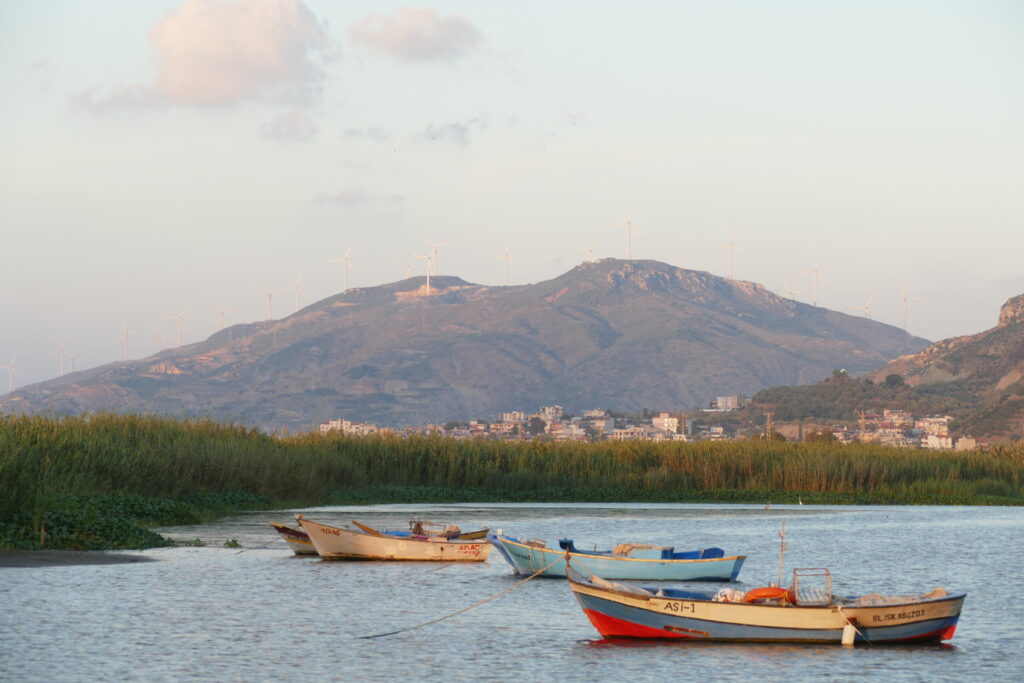
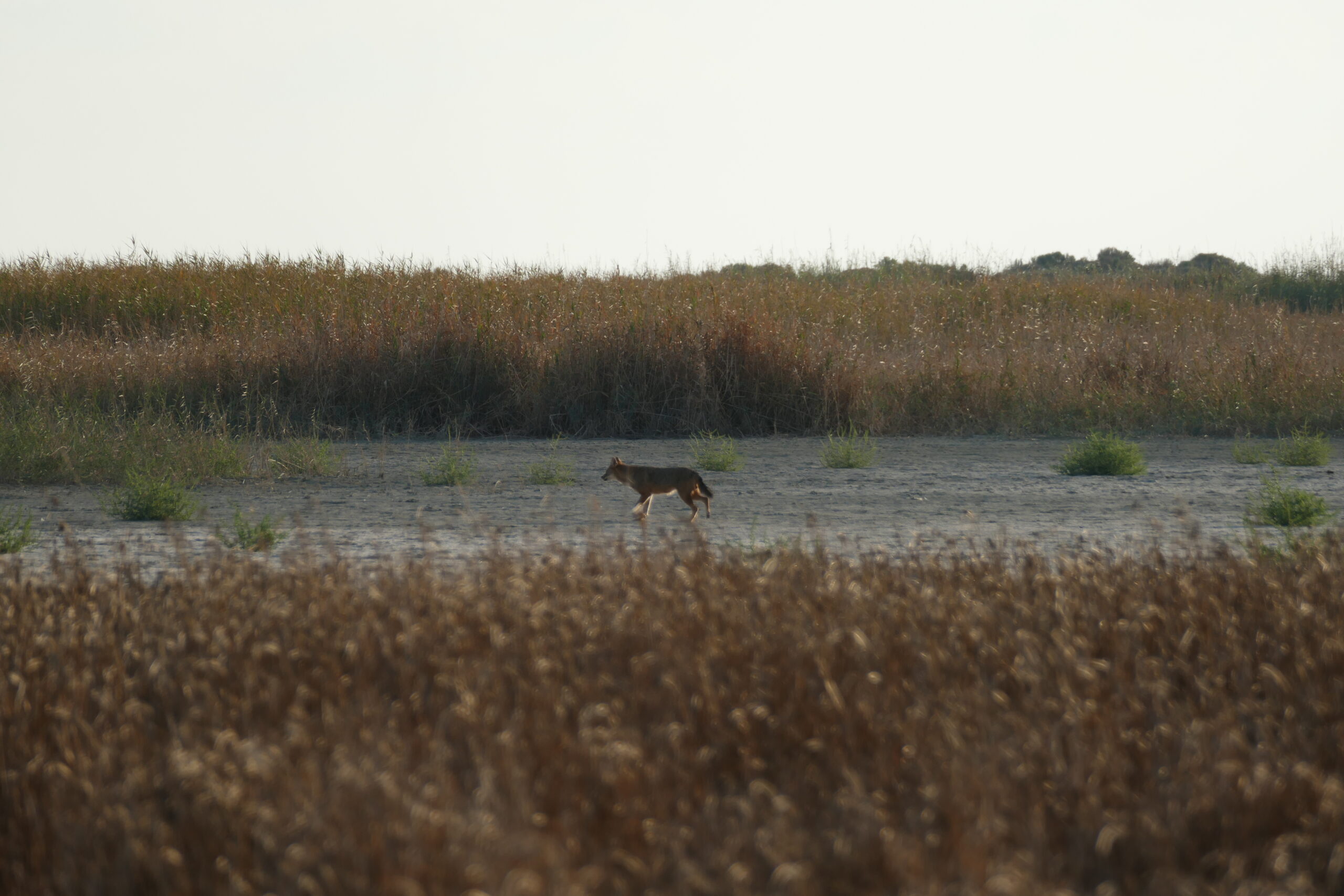
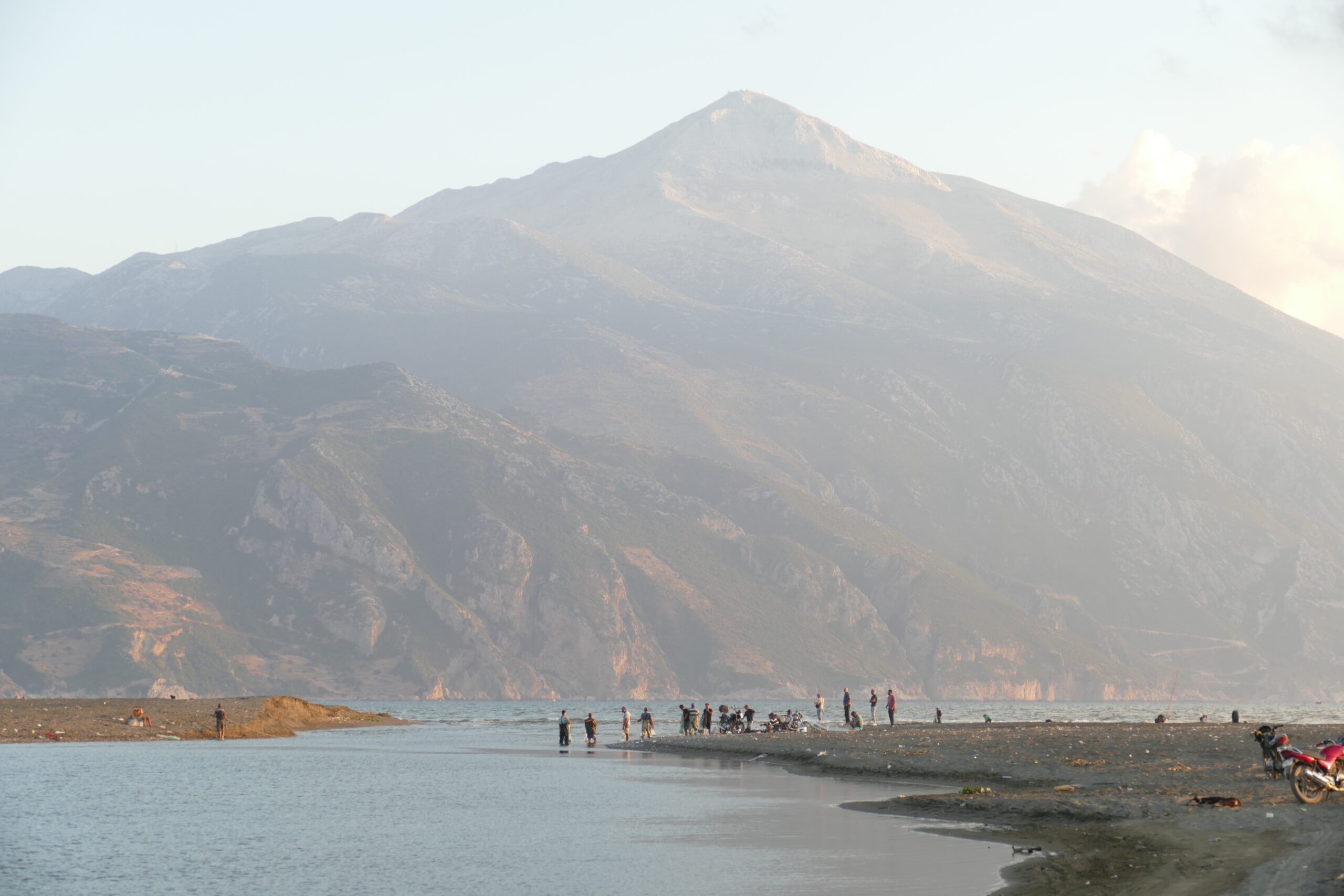
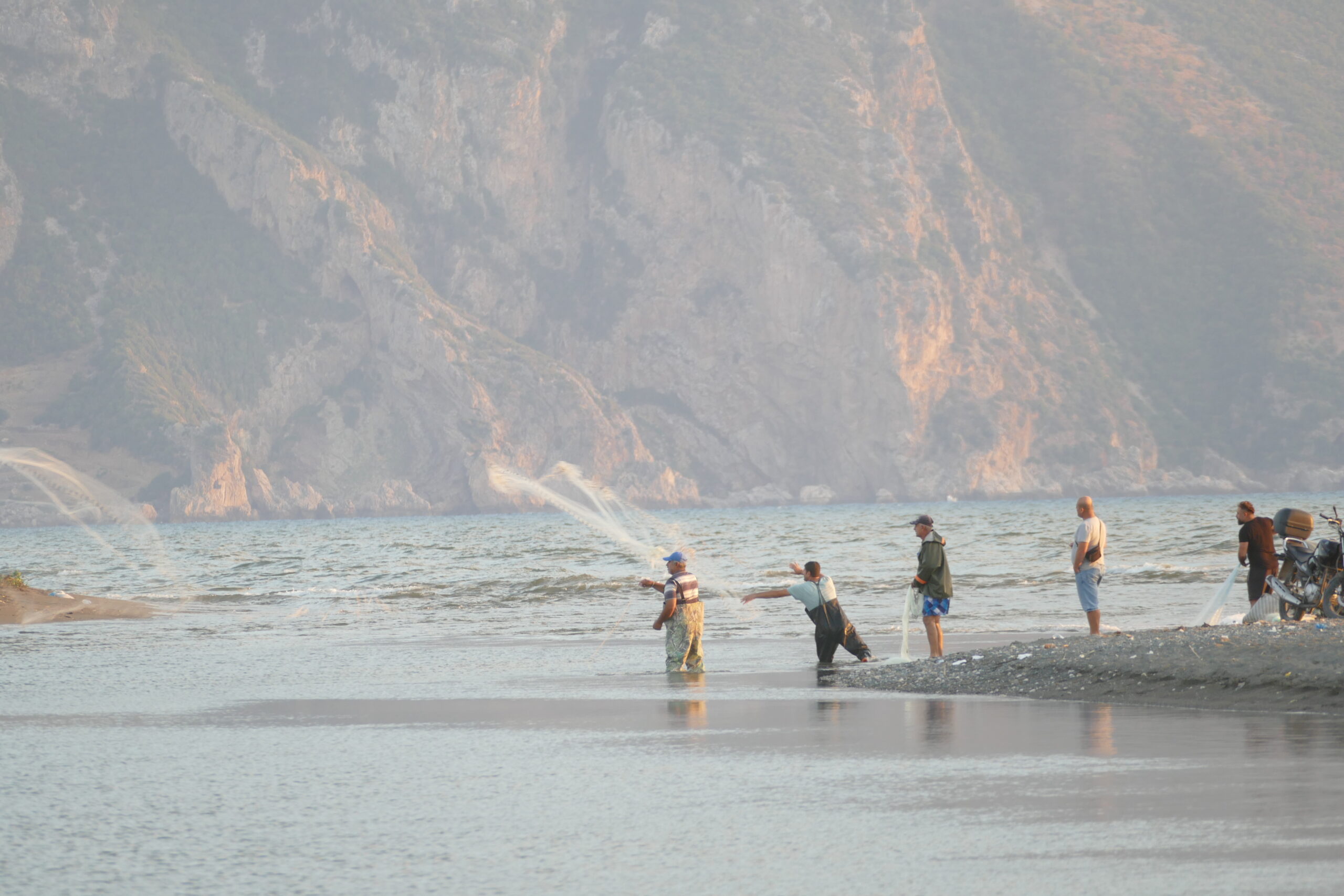
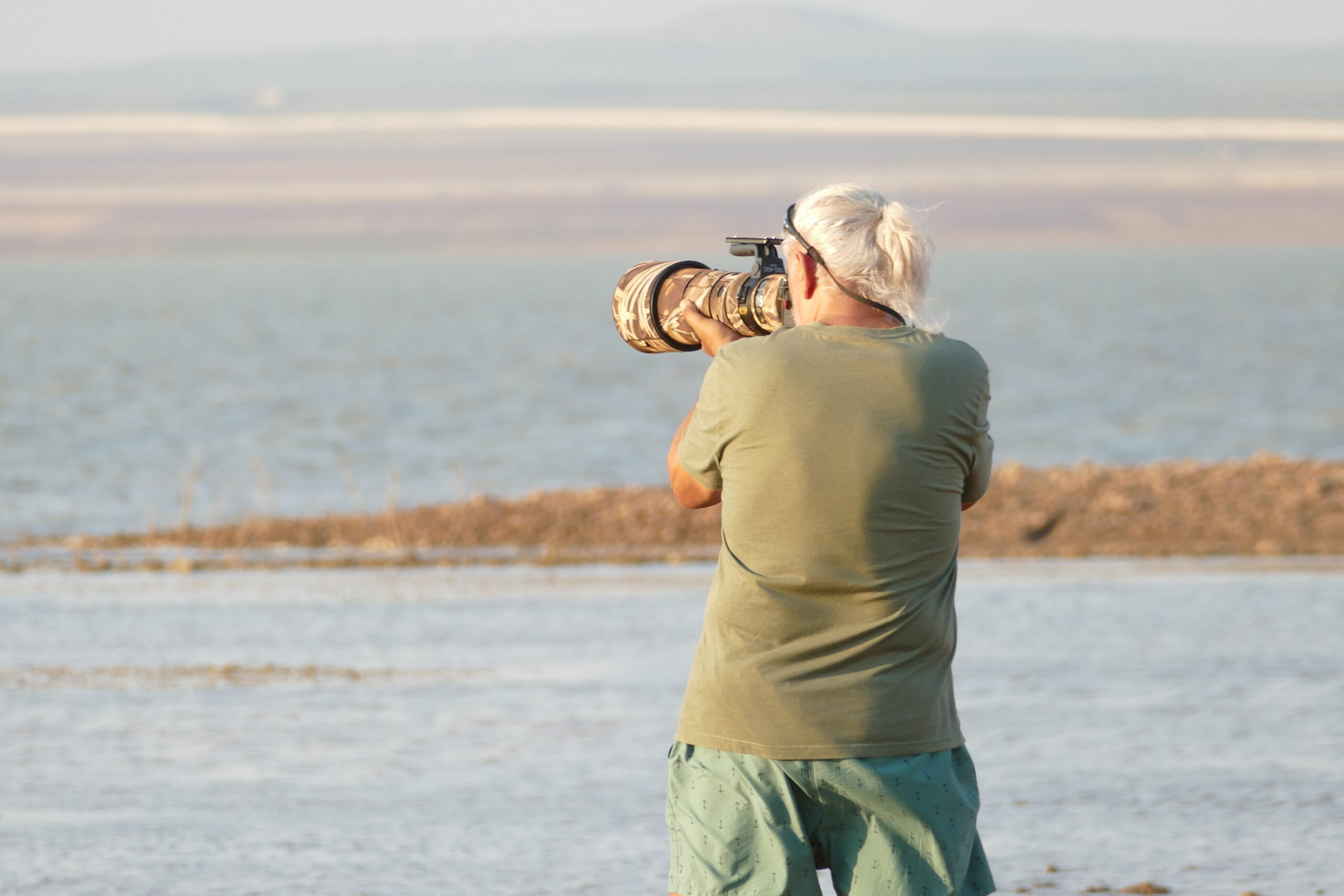
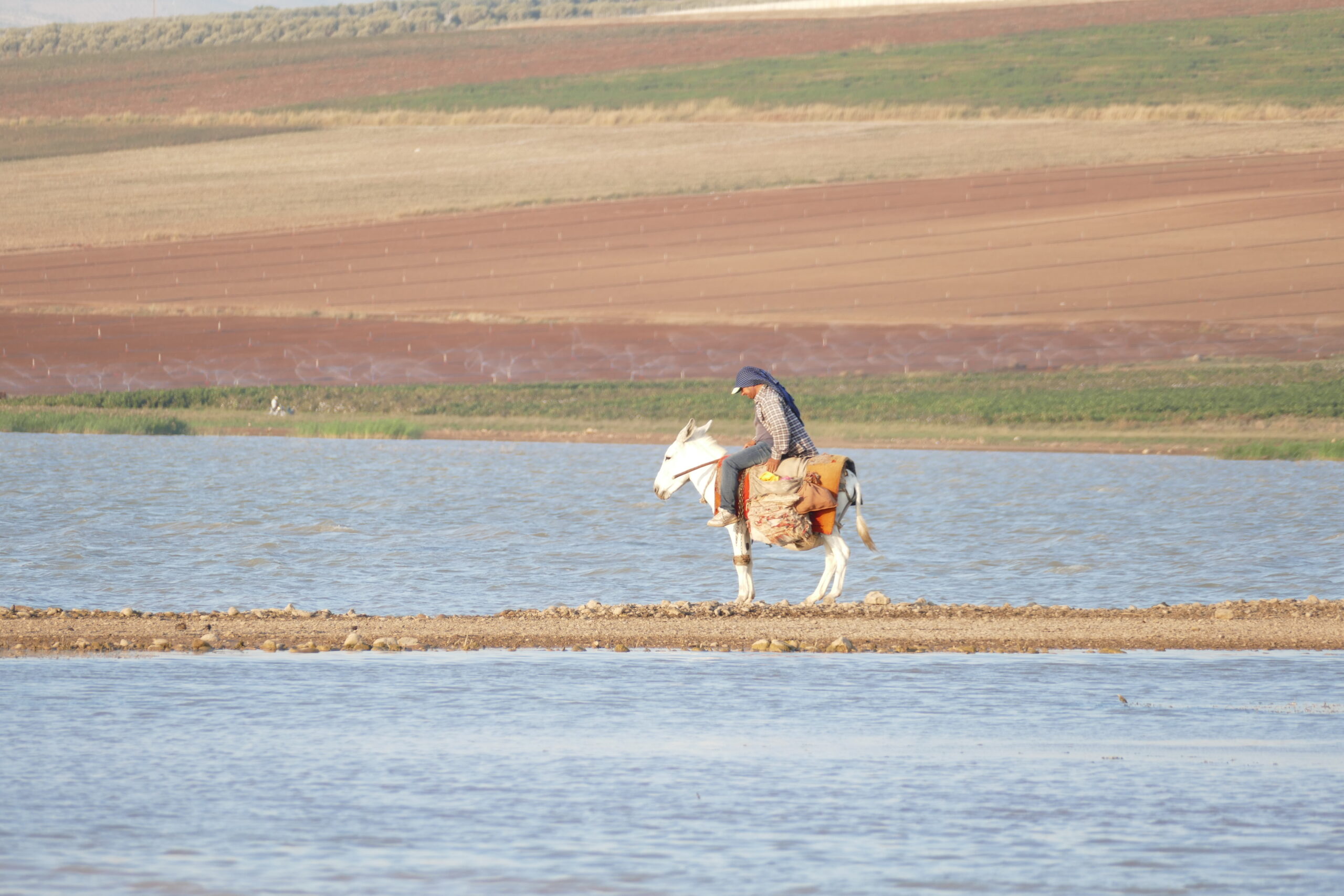

Pingback: Quo vadis, Turkey’s nature? - biking4biodiversity.org